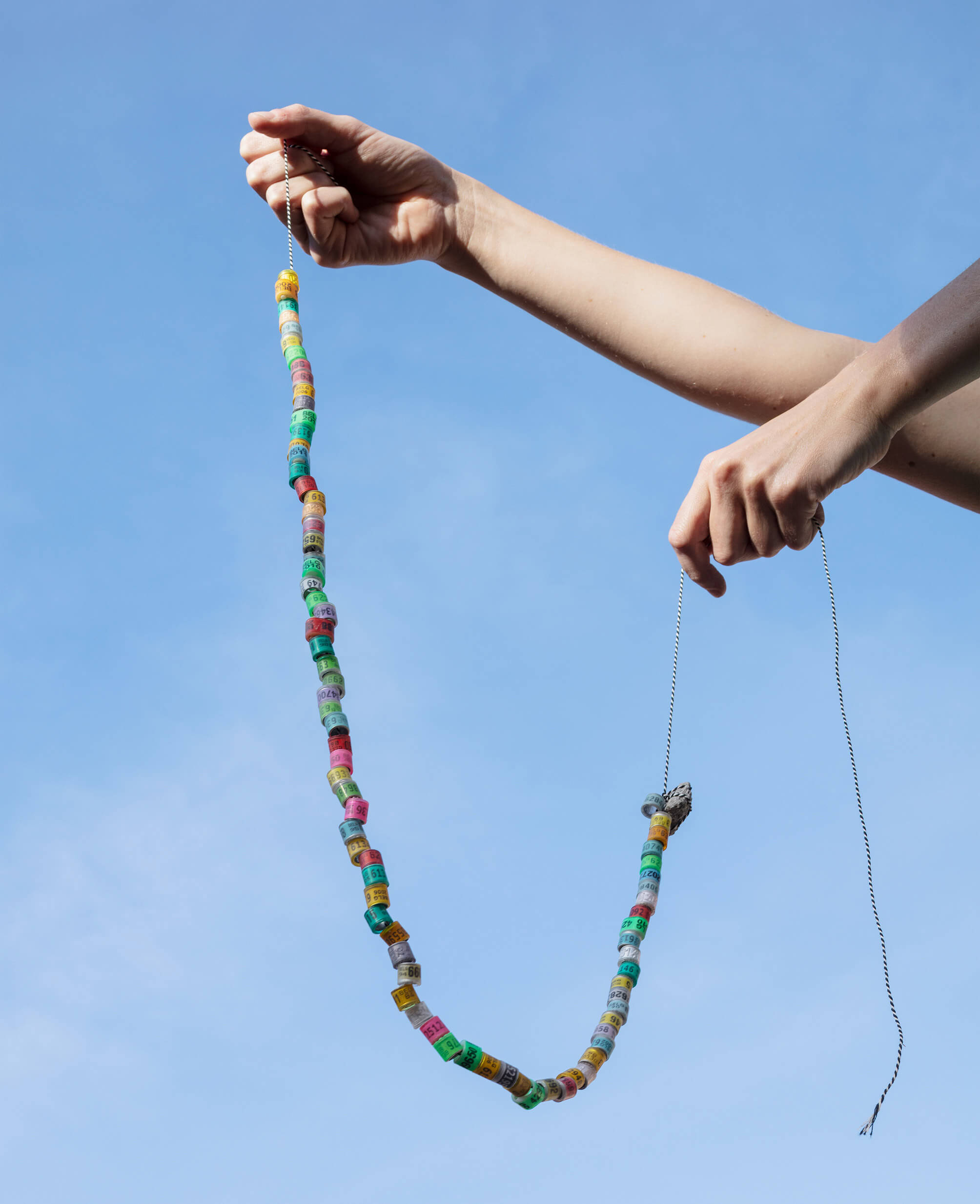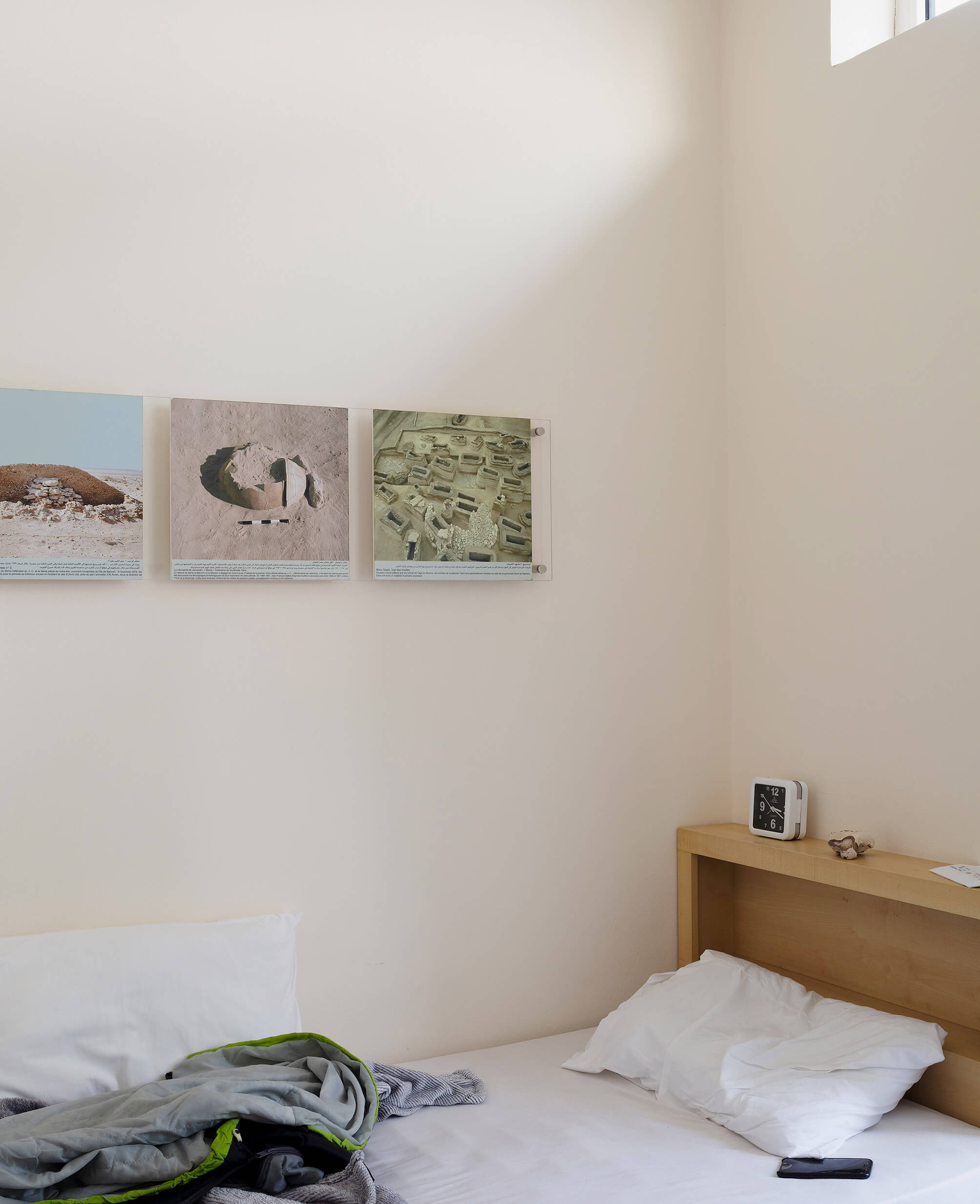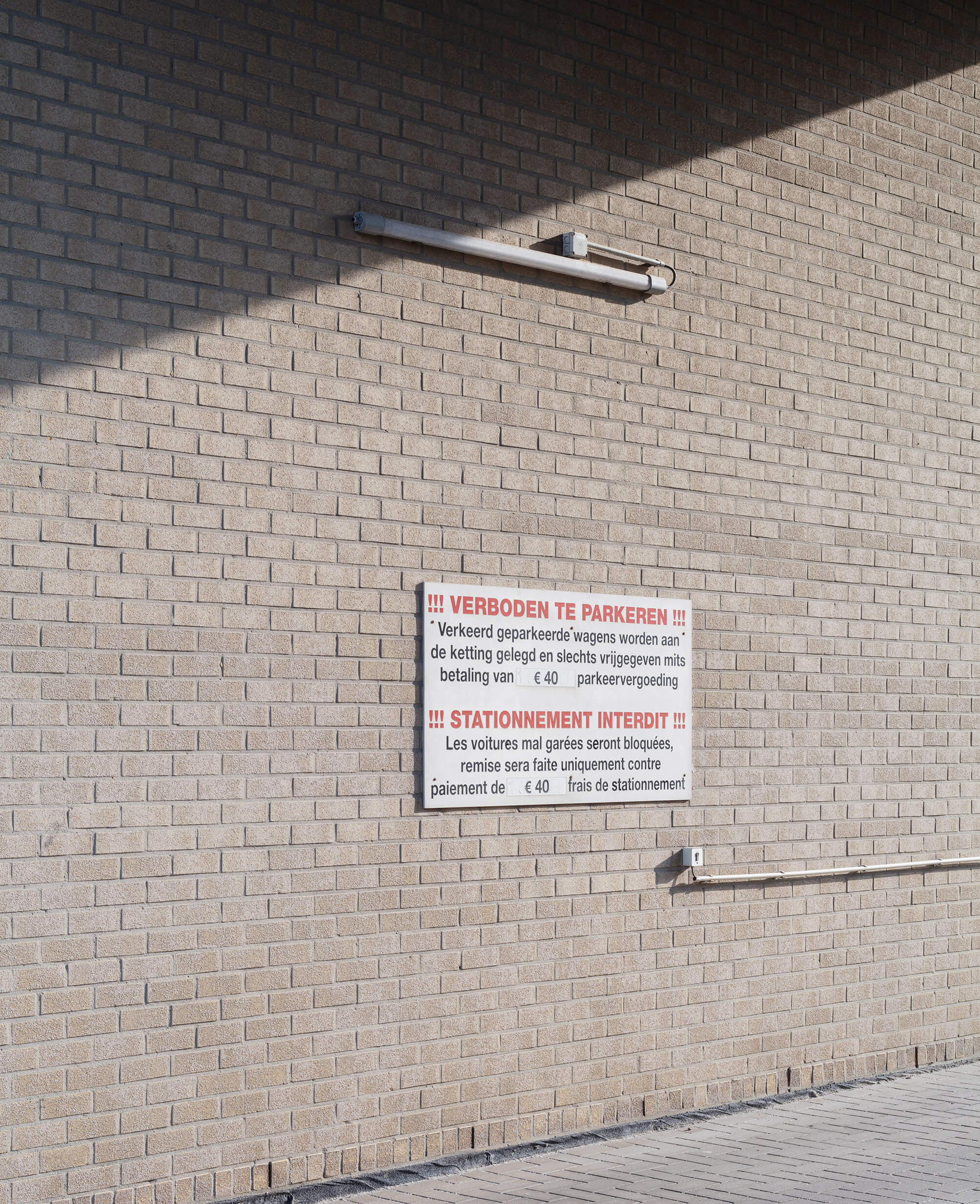What constitutes a ‘document’ and how does it function?
According to the Oxford English Dictionary, the etymological origin is the Latin ‘documentum’, meaning ‘lesson, proof, instance, specimen’. As a verb, it is ‘to prove or support (something) by documentary evidence’, and ‘to provide with documents’. The online version of the OED includes a draft addition, whereby a document (as a noun) is ‘a collection of data in digital form that is considered a single item and typically has a unique filename by which it can be stored, retrieved, or transmitted (as a file, a spreadsheet, or a graphic)’. The current use of the noun ‘document’ is defined as ‘something written, inscribed, etc., which furnishes evidence or information upon any subject, as a manuscript, title-deed, tomb-stone, coin, picture, etc.’ (emphasis added).
Both ‘something’ and that first ‘etc.’ leave ample room for discussion. A document doubts whether it functions as something unique, or as something reproducible. A passport is a document, but a flyer equally so. Moreover, there is a circular reasoning: to document is ‘to provide with documents’. Defining (the functioning of) a document most likely involves ideas of communication, information, evidence, inscriptions, and implies notions of objectivity and neutrality – but the document is neither reducible to one of them, nor is it equal to their sum. It is hard to pinpoint it, as it disperses into and is affected by other fields: it is intrinsically tied to the history of media and to important currents in literature, photography and art; it is linked to epistemic and power structures. However ubiquitous it is, as an often tangible thing in our environment, and as a concept, a document deranges.
the-documents.org continuously gathers documents and provides them with a short textual description, explanation,
or digression, written by multiple authors. In Paper Knowledge, Lisa Gitelman paraphrases ‘documentalist’ Suzanne Briet, stating that ‘an antelope running wild would not be a document, but an antelope taken into a zoo would be one, presumably because it would then be framed – or reframed – as an example, specimen, or instance’. The gathered files are all documents – if they weren’t before publication, they now are. That is what the-documents.org, irreversibly, does. It is a zoo turning an antelope into an ‘antelope’.
As you made your way through the collection,
the-documents.org tracked the entries you viewed.
It documented your path through the website.
As such, the time spent on the-documents.org turned
into this – a new document.
This document was compiled by ____ on 07.03.2022 17:19, printed on ____ and contains 20 documents on _ pages.
(https://the-documents.org/log/07-03-2022-3901/)
the-documents.org is a project created and edited by De Cleene De Cleene; design & development by atelier Haegeman Temmerman.
the-documents.org has been online since 23.05.2021.
- De Cleene De Cleene is Michiel De Cleene and Arnout De Cleene. Together they form a research group that focusses on novel ways of approaching the everyday, by artistic means and from a cultural and critical perspective.
www.decleenedecleene.be / info@decleenedecleene.be - This project was made possible with the support of the Flemish Government and KASK & Conservatorium, the school of arts of HOGENT and Howest. It is part of the research project Documenting Objects, financed by the HOGENT Arts Research Fund.
- Briet, S. Qu’est-ce que la documentation? Paris: Edit, 1951.
- Gitelman, L. Paper Knowledge. Toward a Media History of Documents.
Durham/ London: Duke University Press, 2014. - Oxford English Dictionary Online. Accessed on 13.05.2021.

At the nuclear waste processing facility. While the photographer and the head of the communication department are making their way from the processing building to the temporary storage building, they walk past the central chimney.
‘On the highest of the accessible levels of the chimney, operators were finding small steel rings. They gathered them, but soon noticed that new rings were added. At a certain point at a rate of one ring a day.
[…]
It took them some time to realize what they were, so they started collecting them by slipping them onto a piece of rope. By now the rings on the rope span about this distance [spreads his arms to indicate a distance of about 1.2m].
[…]
They turned out to be rings that came from pigeon’s legs.
[…]
On top of our chimney resides a peregrine falcon.
[…]
I was told pigeon fanciers have a tendency to give a peregrine falcon – or any other bird of prey in their area – a hand at disappearing, but this one took up residency in the internal perimeter, where – as you know – access is severely restricted.’
First published in: De Cleene, M. Reference Guide. Amsterdam: Roma Publications, 2019

At a dental practice, the white Alligat®-powder is mixed with the right amount of water to get a mouldable dough that is pressed upon a patient’s teeth. After thirty seconds, the Alligat®-dough stiffens and takes on a rubber-like quality. At that point, still white, it must be removed from the patient’s mouth. Over the next few hours, the mould turns increasingly pink as the substance becomes less humid. Now, it can be used as a mould to create a positive master cast of the patient’s teeth.
Outside the dental practice, the powder’s possibilities remain to be fully explored.

First published as part of De Cleene De Cleene. ‘Amidst the Fire, I Was Not Burnt’, Trigger (Special issue: Uncertainty), 2. FOMU/Fw:Books, 25-30

On the online thrift shop 2dehands.be the homepage generates a ‘for you’ section. On November 9th this section listed, among other things, a picture of the sky on a patch of concrete. On closer inspection, it became clear that it was the sky’s reflection in a mirror with a red frame and four lightbulbs in it, the kind you might see at the hairdresser’s or backstage in a television studio or theatre. The seller estimates the mirror’s current value to be 45,00 EUR. The listing includes five photographs. In the fifth one, the object for sale reflects a bucolic landscape: a blue sky, white clouds, some trees and a fragment of a barn.

The archive of O. Clemminck, architect, was preserved in a box of croutons – by him, the historian who gave it to my father, or someone else (it contains a letter written by Clemminck’s widow asking a client to pay the bill her husband had sent). The croutons had a flavor of fine herbs and, a stamp on the box with the plans in it says, should have been consumed before April 1987.

When I grew up, my parents told me that the number of raisins in the local baker’s raisin bread attested to the result of the most recent soccer match of KAA Gent. A victory was celebrated by throwing more raisins into the dough than usual, a loaf following a painful loss was hardly a raisin bread at all.
The baker retired long ago. Today my two-year-old son picked out all the raisins from his slice of bread. KAA Gent’s last game was a tie against Union.

Besides the scale indicating the length in centimeters, and the marks made by using it, a folding ruler displays other marks. These are the marks found on the weber broutin www.weber-broutin.be folding ruler, from left to right:
- 2m (in a frame, between 1cm and 2cm); indicating the total length of the folding ruler.
- a hexagon, barely visible, punched into the wood (between 2cm and 3cm); unknown signification.
- LUXMA (in a frame, between 4cm and 5cm); the manufacturer of the folding ruler (different from the company who ordered the folding ruler, their (the company’s, i.c. weber-broutin’s) name is printed on the sides of the ruler, and is only readable when the ruler is folded together for at least 50% (=1m).
- III (in an oval, between 6cm and 7cm); indication of the preciseness of the scale in centimeters, with ‘I’ in roman numbers meaning the most precise, and ‘IV’ in roman numbers meaning the least precise. (It is therefore not entirely certain that the ‘III’ on weber-broutin’s folding ruler can actually be found between 6cm and 7cm.)
- D 99 (in an oval, probably between 7cm and 8cm, see argument mentioned above); unknown signification.
- 1.1.60 (in an oval, probably between 7cm and 8cm, beneath D 99), signification unknown.

At the State Archive in Kortrijk, I am leafing through a 1955 photo album of the construction of the provisional church in Lokeren by the famous furniture company Kunstwerkstede De Coene. Gigantic wooden, prefabricated beams structure the building. It is cold. An old man in a grey suit shuffles between the racks to look up the date of birth of his great great grandmother. Snow covers the unfinished provisional roof. A bus passes, I reckon, through the pouring rain.

The Bahrain Formula 1 Grand Prix takes place every year since the track’s inauguration in 2004 – except for 2011 when the race was cancelled due to protests in the wake of the Arab Spring. To prevent sand from covering the track and entering the air-ducts and engines, the sand near the track is sprayed with an adhesive to keep it from blowing around.
The cloud of sand in the picture (made near Avenue 61 on an artificial island close to Seef) was made by kicking it into the frame while M.R. and M.D.C. had to stop and wait for a truck that was being towed after the driver lost control over the vehicle and flipped it onto its side. Days earlier M.D.C. had tried to make a photograph of the F1-track, but couldn’t get close enough to make a decent picture.

On the second to last evening before we head home, we go for dinner at Suzanne’s house. She has invited a friend, a national deputy for the region where she grew up. We eat fish and patates douces. We drink beer. The deputy’s secretaries – there are three of them – closely inspect the worn manuscript we hand them. In blue ink: proverbs of their region, written by my girlfriend’s grandfather in local Kikongo language. In red: a Dutch translation. They laugh. A month later, the deputy will become Vice-minister of Internal affairs. The proverbs get marked by fresh grease stains.

All chairs are empty, but all face something different. The bottom photograph shows empty chairs facing empty desks. In the middle picture, empty chairs face each other (underneath the inaudible sound of the cinema above). In the top photograph, the chairs seem to be facing the photographer. However, the altar’s in front of the photographer. He stands at the back of the provisional church. The chairs face the photographer and have turned their backs to the altar.
Revue Héraclite, 5 (1), april 1936, p. 7, paper, from the archive of architect O. Clemminck.

As a result of intense drainage of drinking water, an area around the Belgian city of Waver was designated as having a potential for land subsidence – the downward movement of the soil over an extended period of time. People in Waver were startled to find their town mentioned in an international study published in Science. Flemish newspaper De Standaard uncovered that the researchers had used an older study, published in 2005, which claimed that the soil in Waver had moved some five centimeters in a period of eleven years. Pictures of fissures in Waver-facades had been added to the original article.
Last year, cracks in our living room wall were covered up by placing plasterboard in front of the plastered brick wall. As such, we avoided having to paint the wall with the cracks and the marks left by the IKEA Billy bookcases.
https://science.sciencemag.org/content/sci/suppl/2020/12/29/371.6524.34.DC1/abb8549_Herrera_SM.pdf
https://www.standaard.be/cnt/dmf20210106_97889104
http://earth.esa.int/fringe2005/proceedings/papers/677_devleeschouwer.pdf

A square photograph with an Arabic and French text underneath it is mounted on a foam board, in turn mounted on a sheet of plexiglass. The picture in the middle is flanked by a photograph of and a text about the tumuli of Umm Jidr (left) and the excavations at Abou Saybi (right). They are mounted on the West wall of Guest Room 3 at the Qual’at Al-Bahrain Site Museum, Seef, Bahrain.
Necropolises make up the main archaeological testimonies of the Tylos period (4th century BC – 3rd century AD). The urn in the photograph contains the remains of several babies. They most likely fell victim to an epidemic. The size of the ruler next to the urn remains unspecified.
The photograph of Room 3 was made while in mandatory self-isolation after flying to Bahrain from Frankfurt and waiting for the result of a Covid-19 test.

To detect gravitational waves, physicists built enormous research centers, amongst others at Livingston, Louisiana. The facility mainly consists of two tunnels in an L-shape. Mirrors inside provide data. Disturbances from gravitational waves are miniscule. To prevent interference from outside, such as vibrations caused by people passing in the neighbourhood, the mirrors have to be detached from the earth. They ‘float’, suspended by glass fibers in a pendulum-like construction. As I was watching my screen, a courier was on his way to deliver a book (Noel-Todd, J. The Penguin Book of the Prose Poem: From Baudelaire to Anne Carson. London: Penguin, 2019).

In June, 2014, a severe hailstorm hit Belgium. Warnings were broadcast. A football game between the national teams of Belgium and Tunisia was paused. The morning after, there were small dents in the hood and the roof of the car, each a square centimeter in size, some 10 centimeters separated from each other. The storm didn’t get a name.
Assessing the damage, the insurance company’s expert took the dents into account to establish the wreck’s worth.

At a dental practice, the white Alligat®-powder is mixed with the right amount of water to get a mouldable dough that is pressed upon a patient’s teeth. After thirty seconds, the Alligat®-dough stiffens and takes on a rubber-like quality. At that point, still white, it must be removed from the patient’s mouth. Over the next few hours, the mould turns increasingly pink as the substance becomes less humid. Now, it can be used as a mould to create a positive master cast of the patient’s teeth.
Outside the dental practice, the powder’s possibilities remain to be fully explored.

First published as part of De Cleene De Cleene. ‘Amidst the Fire, I Was Not Burnt’, Trigger (Special issue: Uncertainty), 2. FOMU/Fw:Books, 25-30

The archive of O. Clemminck, architect, was preserved in a box of croutons – by him, the historian who gave it to my father, or someone else (it contains a letter written by Clemminck’s widow asking a client to pay the bill her husband had sent). The croutons had a flavor of fine herbs and, a stamp on the box with the plans in it says, should have been consumed before April 1987.

A 250 meter walk away from the seaside. A sign states in Dutch and French:
‘!!! NO PARKING !!!
Wrongly parked cars will be chained and only released upon payment of a € 40 parking fee’
The 40 EUR parking fee the sign threatens to charge is communicated by a relatively new sticker stuck on an older sign. Underneath the three black characters (€, 4 and 0) on a white background, there’s a relief: 7 characters declaring a parking fee of 1500 BEF.
1500 BEF equals 37,18 EUR1. In changing currency, the fee increased by 7,58%.
The Belgian franc was the currency of the Kingdom of Belgium from 1832 until 2002 when the Euro was introduced. 1 EUR is worth 40,3399 BEF.

In the archive of the architect O. Clemminck, there is a piece of a plan of a building in a suburb in Gent. It presents the ground floor. There is a kitchen, a salon, an eating place, a meeting place. The missing part would have stated the exact address, the name, and maybe the profession of the owners. The plan of the first floor might have given an indication of the number of (anticipated) family members, based on the number and size of sleeping rooms.
At the southern edge of (the plan of) the lot, O. Clemminck has drawn a laundry room that gives out to a vérandah. The spelling of the Dutch word – nowadays written as veranda – is remarkable, as is its etymology, which is unclear and a matter of debate among scholars. The word might have Portuguese (varanda: railing) and Catalan roots (baranda: barrier), maybe also origins in the Lithuanian Žemaitan dialect (varanda: loop plaited from flexible wings) and might also be traced back to a Sanskrit root (varandaka: rampart separating two fighting elephants).
The vérandah O. Clemminck proposes is 2,40 meters by, at least, 2,80 meters.

Where once there was twelve million cubic metres of water, excavators and trucks are moving dirt and rocks that have been hidden from sight for 56 years; piling them up into a temporary dam: a batardeau.

The river swells and eventually overflows, causing the death of six people and extensive damage: washed away bridges, damaged homes, submerged factories, destroyed food stocks, heavily eroded roads and paths.
